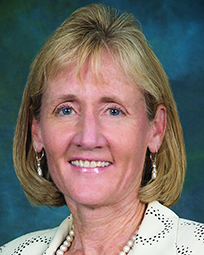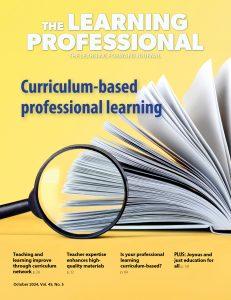By Leigh Wall
It has been just a few months since the unimaginable tragedy that occurred here in Santa Fe, Texas, when a high school student shot and killed 10 classmates and teachers and wounded 13 others. Our community is healing, and we know the healing process will be long.
As we move forward — and we must, even as we continue to grieve — mental health and social-emotional awareness are absolute priorities for all of our students, staff, and community members.
In Santa Fe, we have always focused on safety protocols. We have a strong crisis management and security plan, as well as a well-trained and well-equipped school district police department. They are critical to school safety, but they are not enough on their own. Safety and wellness have to go hand in hand.
We have always believed in the importance of social and emotional supports. Now we are building on the supports we already offered and extending them across the board. Our goal is to ensure that no struggling student goes unnoticed, whether the concerns are in academics, social-emotional development, or mental health.
We recognize the need for more systems to help educators connect personally with students and fortify relationships so that we can identify warning signs and follow up on adjustment problems or mental health concerns. For years, we have had processes for teams to identify and support students who need special education and other learning support services; Response to Intervention (RTI) is just one example. These can be models for comprehensive, team approaches to assessing and addressing mental health issues through tiered systems of support.
The determined and intentional focus of this effort should be ingrained in the work of every educator, staff member, parent, and community member. We must all play a vital role in this process. A struggling high school student might interact with 15 different adults during the day, but exhibit warning signs in the presence of some and not others.
The football coach, the student teacher, or the school secretary might witness troubling behavior or comments. We need all of those adults to know the process for referring a student for further assessment. When we see a single area of concern — be it flagging grades, repeated disciplinary referrals, or angry comments to a teacher — it may not appear to indicate a crisis, but combining it with data and observations from other staff can provide a fuller picture. If we join forces as a community, we can identify students who are at risk. I believe we can make a difference going forward.
Even as we “harden” the Santa Fe schools with metal detectors, alarms, door locks, panic buttons, and increased police presence, we are committed to strengthening the human connections that we have always known underlie strong, safe, and successful teaching and learning. Metal detectors and other facility adjustments increase our awareness of safety in an immediate way, but the social and emotional piece is ongoing, forever.
This post is adapted from the August issue of The Learning Professional.
About the author
Leigh Wall is superintendent of schools for the Sante Fe (Texas) Independent School District and president-elect of Learning Forward.






